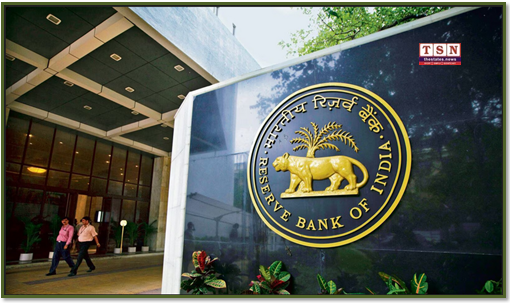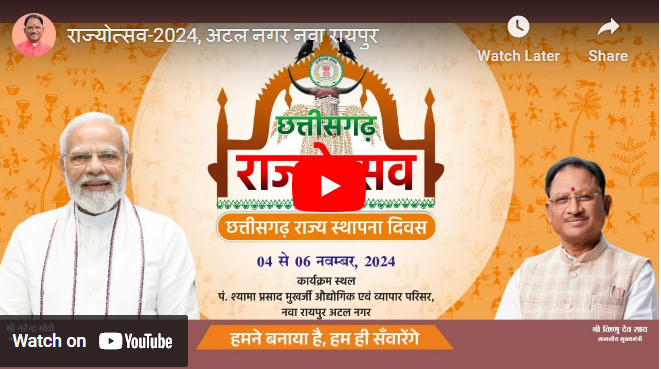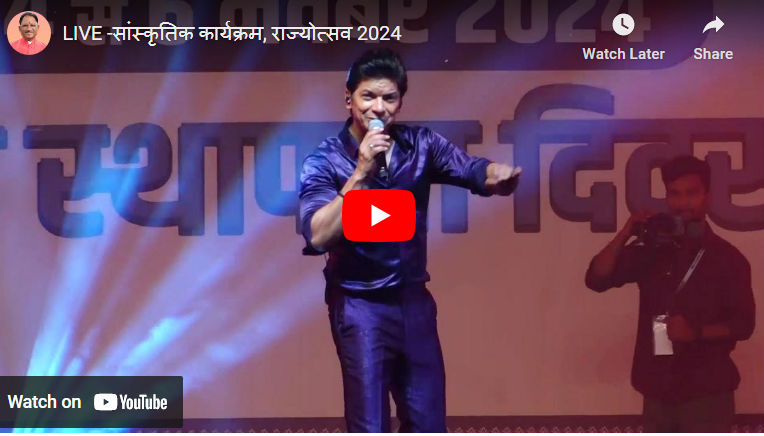New Delhi (thestates.news)| Within a week of major relief in the income tax for up to Rs 12 lakh in the Union Budget, reversal of policy interest rates by the Reserve Bank of India by 25 bps (first time in 5 years) will act as a “catalyst” for boosting demand across various sectors, say industry and financial experts hailing the decision.
“The 25 basis points cut in Repo rate, as recommended by the RBI Monetary Policy Committee, would help push demand in several key sectors of the economy, including housing, automobile and consumer durables amongst others”, industry association ASSOCHAM President Sanjay Nayar said, adding any drop in cost of borrowing gives a positive push not only to the demand side of the economy but also helps corporate balance sheets, encouraging investment as the pickup in capacity utilisation is evident, as per RBI’s assessment.
Amid easing inflation pressure, the RBI’s Monetary Policy Committee (MPC) on Friday decided to cut policy repo rate by 0.25% to 6.25% raising hopes of relief in loan EMIs. The RBI has cut the key interest rate in nearly five years.
Harsha Vardhan Agarwal, President, FICCI said, “We welcome RBI’s decision to cut the repo rate by 25 basis points, a move that will provide much-needed support to the economy at this juncture”. RBI’s decision to ease the policy rate is a timely and forward-looking step and we hope that the banking sector would follow through on this cue and a lowering of lending rates will be seen.
The ASSOCHAM said it is confident that the RBI, with the support of the government, would continue to ensure stability in the foreign exchange market as well in the face of pressure from rising dollar on the emerging markets.
SBI Chairman C S Setty said “The RBI decision to start the easing cycle with a 25-bps cut was timely, contextual and also well communicated with respect to regulatory changes in transition to ensure a seamless and non-disruptive manner. The RBI growth and inflation forecasts for FY26 clearly shows the delicate tradeoff between growth and inflation.
The regulatory announcement on forward contract, reviewing trade settling cycle and addressing cyber security in banks and payment systems will ensure better price discovery, more broad basing of participants and ensuring trust in digital banking.”
Zarin Daruwala, CEO, India and South Asia, Standard Chartered Bank, said, “The 25 bps repo rate reduction after a hiatus of five years, is a positive move and could signal the start of a rate cutting cycle. Given the uncertain global environment, this cut along with the recent tax relief to individuals, should help a rebound in economic activity. The MPC’s confidence around moderating inflation augurs well for sustained economic growth. The delay in implementing the revised LCR norms is likely to boost credit delivery and lower lending rates.”
The Union Budget 2025-26 announced last week has laid a strong foundation for investment-led growth with an emphasis on manufacturing, MSMEs and infrastructure. Today’s rate cut complements these measures, lending further support to India’s growth outlook, the apex industry association FICCI said. “FICCI is confident that the combined impact of a pro-growth budget and a supportive monetary policy will help strengthen India’s growth trajectory, support consumption, and drive long-term investments”, said Mr Agarwal.
After detailed assessment of the evolving macroeconomic and financial developments and the economic outlook, the Monetary Policy Committee (MPC) decided unanimously to reduce policy repo rate by 25 basis points from 6.5% to 6.25%,” said RBI Governor Sanjay Malhotra in his maiden monetary policy statement. The MPC also decided unanimously to continue with the neutral stance and remain unambiguously focussed on a durable alignment of inflation with the target while supporting growth.
On the rationale for the decision, the RBI Governor said that the MPC noted that the inflation has declined supported by favourable outlook on food and continuing transmission of past monetary policy actions. “It is expected to further moderate in 2025-26 gradually aligning with the target. The MPC also noted that though growth is expected to recover from the low of Q2FY25 it is much below that of last year. Last year it was 8.2%,” Malhotra said.
Retail headline inflation, as measured by Consumer Price Index (CPI), has softened from 5.4% in FY24 to 4.9% in April–December 2024. While the average inflation in FY25 has trended downward, monthly volatility in food prices and a select few commodities have been responsible for CPI inflation printing towards the upper side of the RBI’s tolerance band of 4 (+/-) 2 per cent.(UNI)
Friday, February 7, 2025
RBI’s decision to ease policy rates will act as “catalyst” for boosting economy


66c793ee-dbba-42f8-b0a4-f643af17df5c


Recent Posts
- Overall 60.54 percent polling in Delhi Assembly elections
- RBI’s decision to ease policy rates will act as “catalyst” for boosting economy
- E-Office to be Implemented across All Government Departments for Transparent Administration
- Chhattisgarh to Establish Pollution Testing Centers at Petrol Pumps
- Jindal Nuclear Announces 18GWe Nuclear Power Capacity By 2047
Recent Comments
No comments to show.
VIDEO
© 2025 The States News - Design by Rahul 9407771000.






